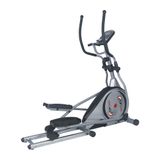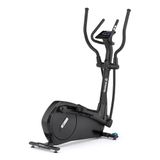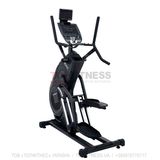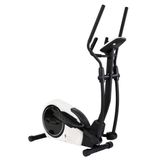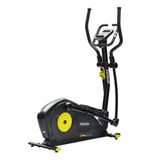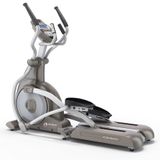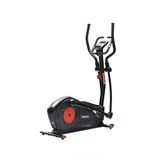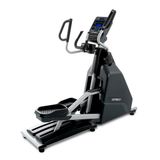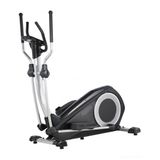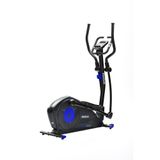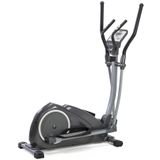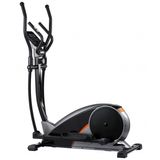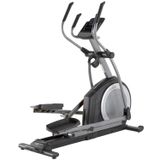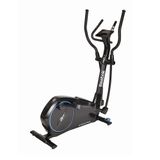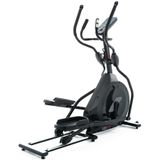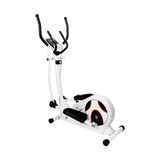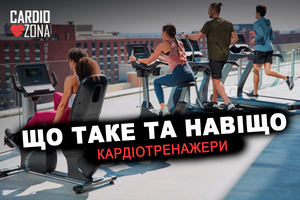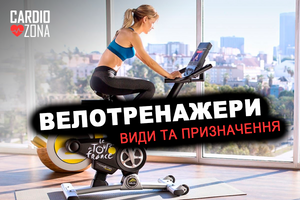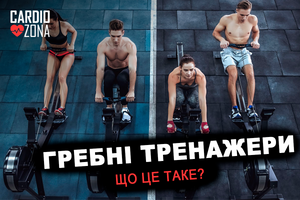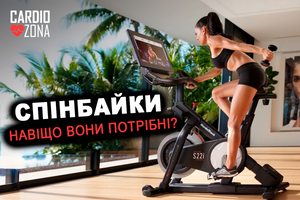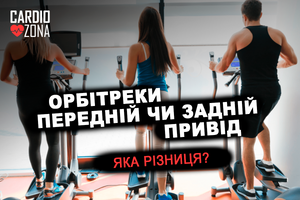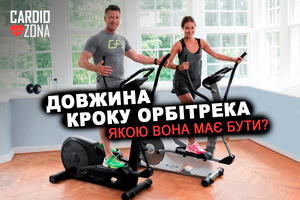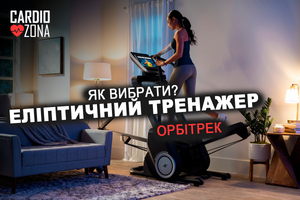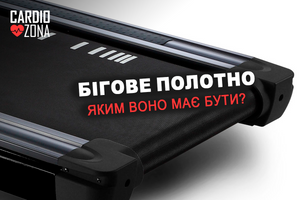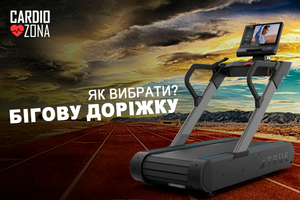Elliptical trainers are popular cardio machines with high efficiency. Among the many features of this fitness equipment, the flywheel is often mentioned. In different models, it is located in front or behind, and also differs in weight. What is an elliptical trainer flywheel and what do you need to know about it when choosing an elliptical trainer for your home or fitness club?
How a flywheel works?
The flywheel, or as it is also called the "flywheel", has the form of a disk and rotates around an axis passing through the center. To reduce friction, a closed-type bearing with a long service life is used. Many people think that the flywheel is needed in order to create a load during training. This is only partly true. The thing is that there are more compact knots that create resistance to the muscular strength of the athlete. But they cannot work without jerks and vibrations. The main task of the flywheel is to ensure a smooth ride.
The more the flywheel of the elliptical trainer weighs, the smoother the simulator works. With a part weight of 7 - 10 kg, jerks are usually felt when moving. Such a mass is not enough for uniform movement, especially during intensive training. Therefore, even a home ellipsoid should be chosen with a flywheel heavier than 10 kg. This does not guarantee perfect pedaling, but it can already provide some comfort.
Professional elliptical trainers, whose brands are focused on the premium segment of the market, produce simulators with a flywheel weight of more than 20 kg. They not only offer maximum comfort, but are also designed for intensive and long-term use. Smooth running is not only beneficial for users, but also for equipment, as it reduces wear and the likelihood of unexpected breakdowns.
Flywheel weight
As we have already said, the greater the weight of the flywheel, the smoother the motion of the orbit track and the more comfortable the training. But some experienced athletes will object, because sometimes a 10 kg flywheel is much more effective than one that weighs 30 kg. Why is it so? Everything is simple. The fact is that this part of the ellipsoid has two types of mass - real and inertial.
Inertial weight is a very tricky marketing parameter that takes into account not only the mass of the flywheel, but also its rotational speed. An ordinary user who does not have special equipment will not be able to check this indicator in any way. Therefore, you have to take the word of the companies that produce elliptical cardio machines to the word. It must be said that many little-known manufacturers do not hesitate to exaggerate in order to sell their equipment.
With the real, everything is simple. It shows how much a metal part weighs in the form of a disk, without any tricks. Before you buy an orbitrek, you must certainly clarify what kind of weight is indicated in the technical specifications. Otherwise, you can be very disappointed in your purchase. It is quite obvious that you need to focus solely on the real mass of the part.
And one more thing - if the seller indicates in the parameters of the simulator the weight of the flywheel is more than 20 kg, then this almost always indicates that it is inertial. Experts believe that this figure can be safely divided by 3 to get the real weight of this element of the simulator. At the same time, the difference of 1 - 2 kg during the operation of the ellipsoid is not felt. Therefore, if you like a cardio machine, but there is a less attractive one nearby, but with a couple of kilograms heavier flywheel, do not hesitate and buy the one that you like.
Looking for where to buy an orbitrek for a fitness club or at home in Ukraine? Would you like to learn more about the important features of fitness equipment? Contact the CARDIOZONA online store and we will tell you about all the nuances and help you make the right choice. We have a purchase, payment in installments, and all cardio simulators are provided with an official guarantee.































